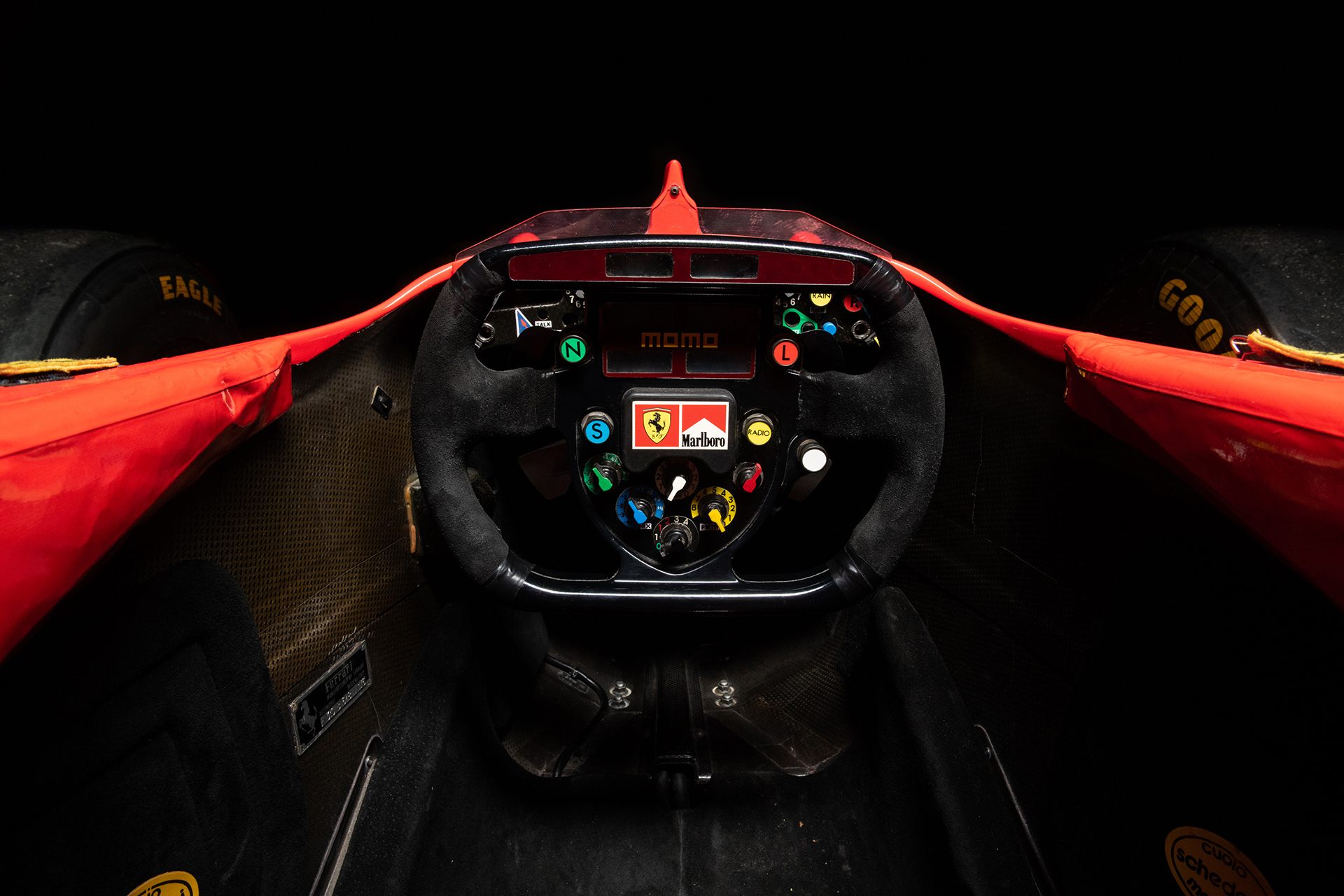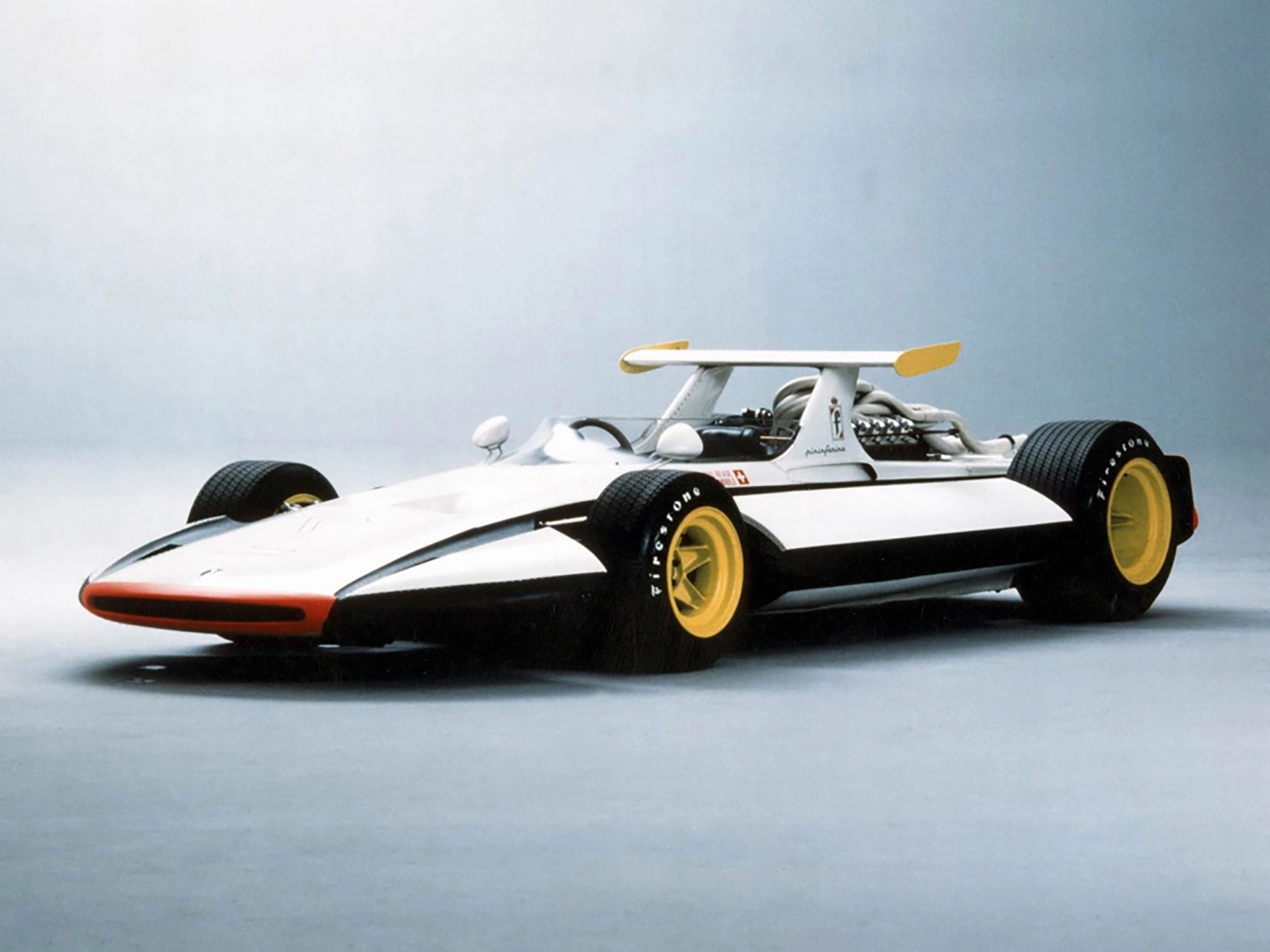Ferrari’s Technological Innovations Part 18: How Schumacher turned the Steering Wheel into a Computer
15 February 2025 5 min read 4 images

Photo credit: Ferrari, RM Sotheby's
In 1981, Gilles Villeneuve refused to adopt the innovation of the electro-hydraulic paddle shifter. In 1996, however, Schumacher pushed for innovation, taking advantage of major advancements in electronics to integrate useful controls into the steering wheel, helping the driver enhance performance and maintain full control. The increasingly cramped cockpits made it difficult to access traditional controls and view the dashboard, which was progressively obscured by the steering wheel. At Maranello, they set to work intensively, with constant support from the legendary driver, to determine which commands could be incorporated into the wheel. Another crucial challenge was ensuring the transmission of impulses, data, and messages through a steering wheel that, by regulation, had to be instantly detachable in case of an accident.
Register to unlock this article
Signing up is free and gives you access to hundreds of articles and additional benefits. See what’s included in your free membership. See what's included in your free membership.
Already have an account? Log In


